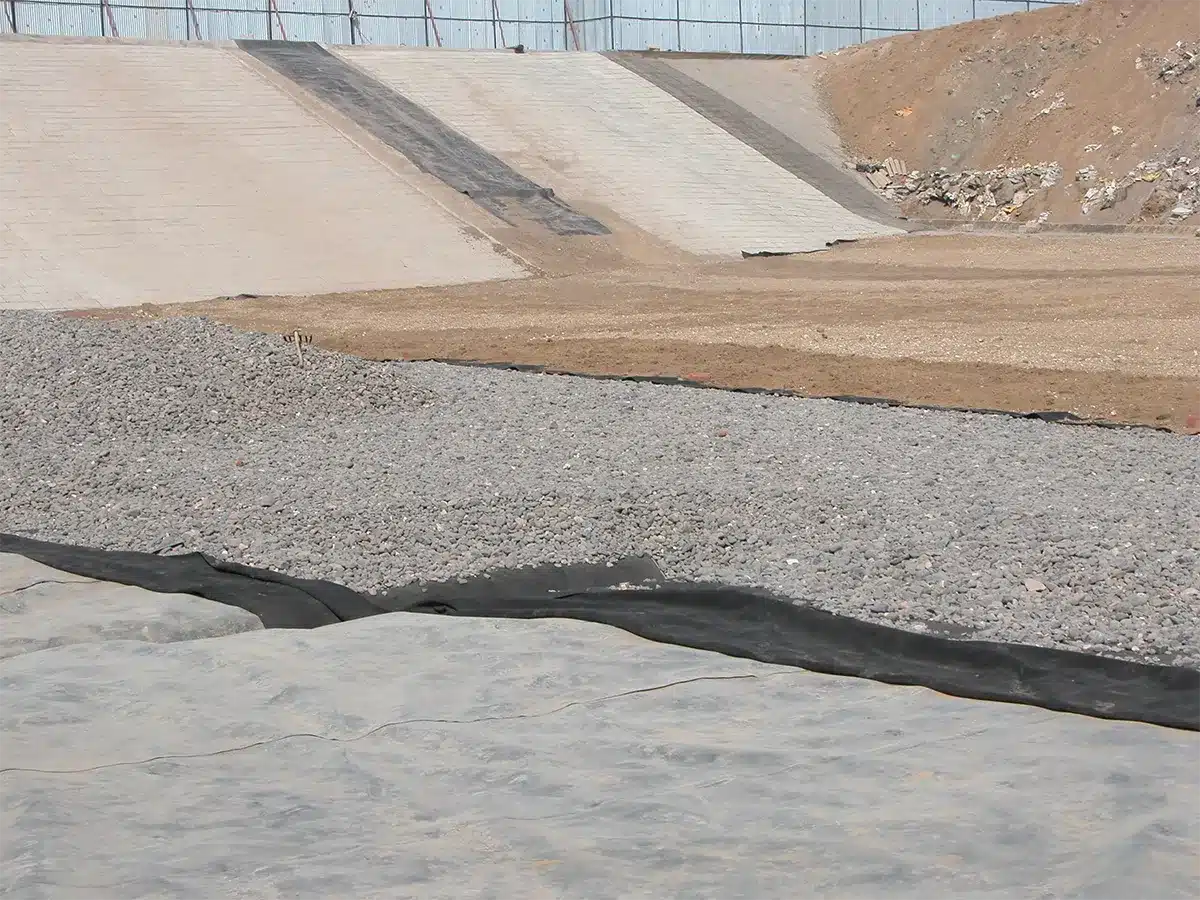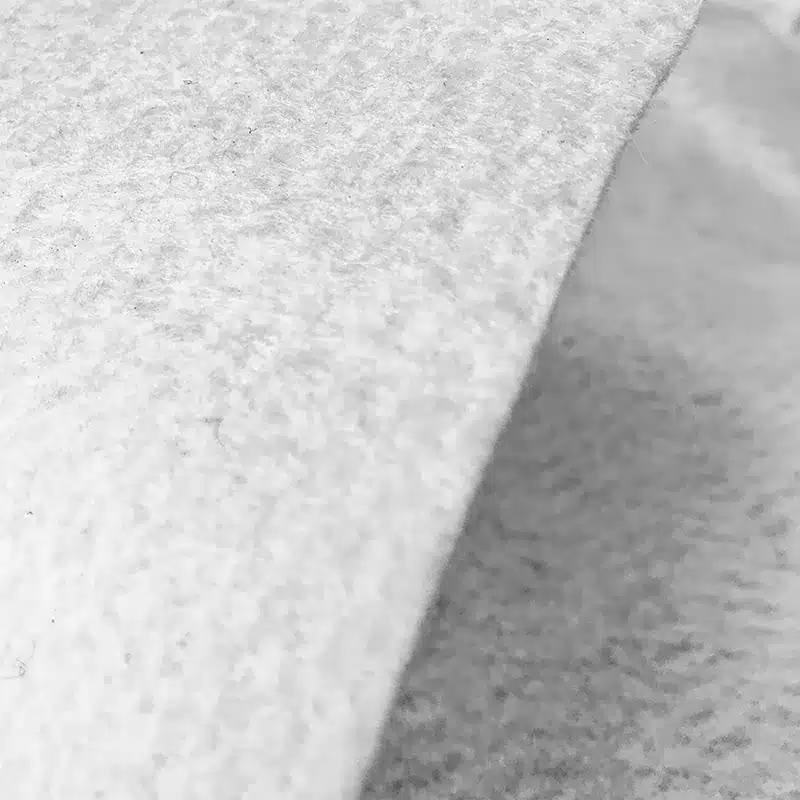+86-159 9860 6917
info@geofantex.com
geofantex@gmail.com
+86-400-8266163-44899
Driveway fabric is essential for constructing a driveway with a supportive base layer that ensures a stable surface, reducing the likelihood of ruts and potholes.
The Difference Between Woven and Non-Woven Fabrics
Woven fabrics facilitate water passage, whereas non-woven fabrics act as filters. Our fabric is a highly durable woven stabilization fabric, crucial for allowing water to pass through without damaging your driveway. Some companies recommend non-woven fabrics, but they are not ideal for stabilization due to their filtering nature and greater stretchability, making them less suitable for driveway use.

Straightforward Application
Start by clearing the surface of debris and protruding objects like rocks and stumps that could tear the fabric. Level the surface carefully, avoiding any areas that could retain water. If persistent water retention areas exist, install a pipe or drain to remove it.
Lay the fabric directly on the prepared surface by rolling it out flat to minimize creases and folds. Overlap the fabric by 1 to 3 inches if necessary, and secure it with pins, staples, or heavy materials like stones or dirt to keep it in place during the aggregate (rock) dumping.
Apply gravel in 6 to 8-inch lifts and compact it. You can drive dump trucks or loaders directly on the fabric without causing damage, but avoid quick stops, starts, or turns. Dump the stone onto the stabilized fabric and then push it into place to protect the fabric. Create a slight crown for proper water drainage on the driveway sides.
Driveway fabric eliminates the need for stones larger than one inch in size, but avoid using rounded stones.
Mistakes To Avoid When Building a Gravel Driveway
- Soft – Mushy Ground: Do not spread gravel on soft, mushy ground. Soil containing leaves, grass, roots, weeds, and other debris creates a spongy surface, leading to future issues. Remove all topsoil down to hard rock for a stable and reliable bed. Save the topsoil for later use.
- Poor Drainage: Improper leveling leads to drainage issues, causing water to erode and damage the driveway. Without proper drainage, silt from below can rise into the gravel, loosening and weakening it. To prevent this, place a layer of geotextile fabric between the subsoil and the bottom gravel layer.
- Preventing Gravel Migration: To keep gravel in place, use a gravel paver product that prevents migration, resists rutting, and provides a stable surface. Gravel pavers come in various shapes and sizes, made from either plastic or heavy-duty geotextile. Alternatively, install side forms made of wood or retaining walls of brick or concrete blocks to prevent gravel from spreading beyond the driveway.
- Choosing the Right Size & Shape of Gravel: The base layer of gravel should be at least 3 to 4 inches in diameter to prevent shifting and sinking under vehicle weight. Use angular, sharp-edged pieces that lock together, forming a solid base. The top layer of gravel should be no larger than a golf ball, and the total driveway thickness should be about 12 inches, with layers of different-sized gravel.
Each Layer Must Be Compacted
Each gravel layer, approximately 4 inches thick with progressively smaller pieces, must be compacted to maintain the driveway’s shape. Use a hand-operated roller or a machine to compact each layer thoroughly.
Properly constructing your driveway with these steps ensures durability and longevity. Avoid shortcuts and ensure you have the right materials to avoid a subpar job that will require a complete redo. Take your time, follow each step meticulously, and use the appropriate materials for a lasting driveway.



Get Free Sample
We’ll respond as soon as possible(within 12 hours)






















